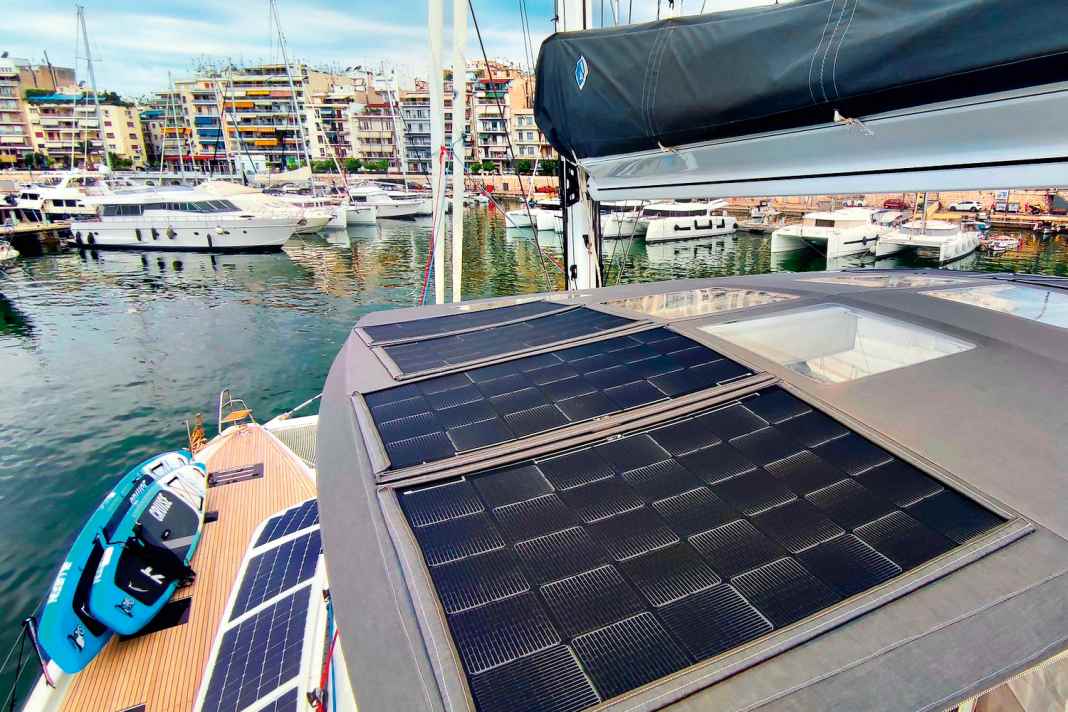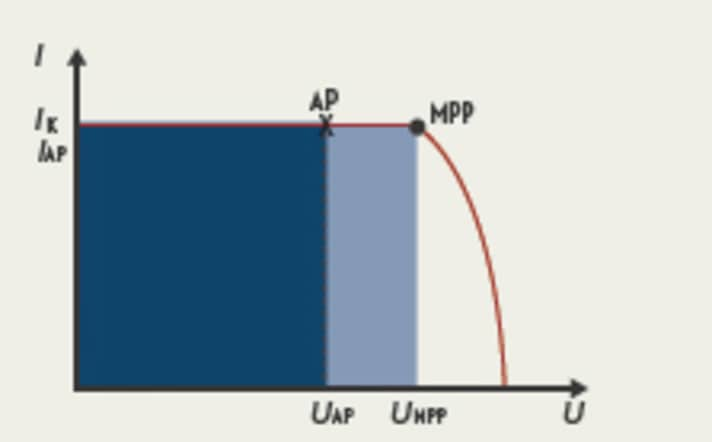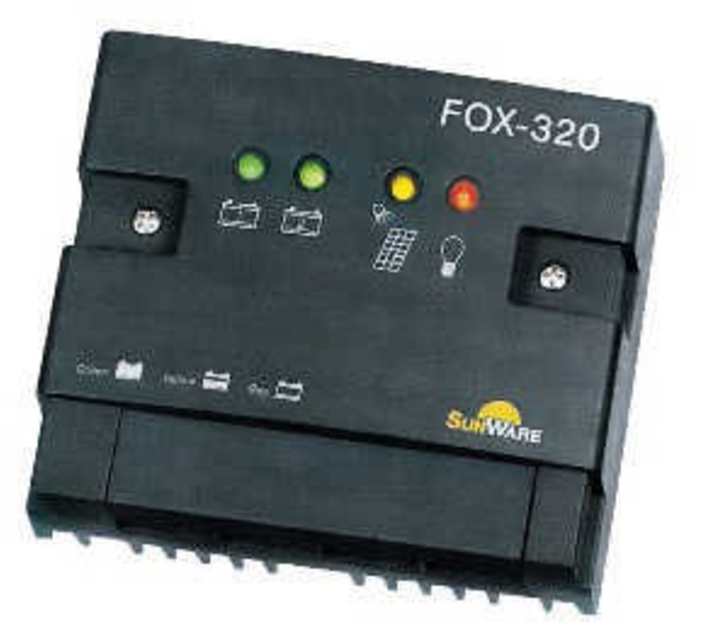




"When it comes to complete self-sufficiency, we often have to temper owners' expectations," says Arne Gründel from Ferropilot. There is not enough space on normal boats in northern Europe to cover the entire power requirements of a comfortably equipped yacht. To check the benefits of a solar system, he recommends drawing up an energy balance and using a battery monitor with a multishunt system.
This not only records the yacht's total power consumption, but can also be broken down into individual consumers. "This allows you to quickly recognise which system is currently consuming the most energy and you can switch it off in a targeted manner," says Gründel.
Power consumption depends on usage behaviour
Although there are guideline values for energy consumption, if you want to be sure that there is always enough power, there is no getting around an individual assessment; the power requirements of many consumers depend heavily on usage behaviour.
As a rule, cooling is one of the biggest power guzzlers at around 16 ampere hours per day, but even with the autopilot it is difficult to make a general estimate. Depending on the load and duration of use, you need to estimate between ten and 80 ampere-hours. Instruments and plotters consume a further ten ampere-hours, while the LED lighting and Posis consume seven ampere-hours.
This means that around 40 ampere hours need to be topped up, which corresponds to an energy consumption of 480 watt hours. Economical yachts manage with 300 watt hours. The power generated by the solar modules mainly depends on the rated power in watt peak, the orientation and the irradiation, which in turn depends on the time of year, the weather and the latitude.
Here you will find the other articles in the solar technology series:
Forecast per 100 watt solar module and day
Average irradiation values can be used for estimation. For example, using the European Commission's photovoltaic information system PVIGIS (re.jrc.ec.europa. eu/pvg_tools/en/tools.html). It forecasts a harvest of 250 watt hours per 100 watts of solar module per day for Kiel in the period from May to September.
The example yacht would therefore have to have around 200 watts of solar power on board. In the Mediterranean, twice this amount of energy is available with over 500 watt hours. However, the calculation assumes optimal, shadow-free conditions, which is practically never the case when installing on deck. In practice, more nominal power will have to be provided.
On fair weather days from June to August, a 150 watt peak system already supplies more energy than is necessary, which, in combination with a 2,400 watt-hour lithium battery, ensures extensive independence from other power sources. Such systems can also be accommodated on normal cruising yachts, as our Workshop shows.
Well regulated: MPPT or PWM?

Most solar modules are equipped with 36 to 42 cells connected in series, which, at a nominal voltage of 0.5 volts per cell, is sufficient to charge a 12-volt lead-acid battery directly. To avoid damaging the battery, only an automatic switch-off is required. This is exactly what a so-called pulse width modulation controller, PWM for short, does. It interrupts the flow of current to the battery when the end-of-charge voltage is reached. As the voltage of the solar panel is drawn down to the battery voltage, the module is not necessarily operated at the optimum operating point. As can be seen from the characteristic curve above, solar cells supply a constant current over a wide voltage range. The area under the curve indicates the power. The higher the voltage at which the cells operate, the more power they deliver.
This is exactly where MPPT technology comes in, the abbreviation stands for Maximum Powerpoint Tracking. This is a voltage converter that ensures that the working voltage of the solar module is decoupled from the battery voltage. This allows the module to work at a higher voltage depending on the irradiation and temperature and thus deliver more power (grey area in the graphic above). This is offset by losses during voltage conversion. An MPPT controller should therefore be dimensioned so that it runs at least 80 per cent of its output.


